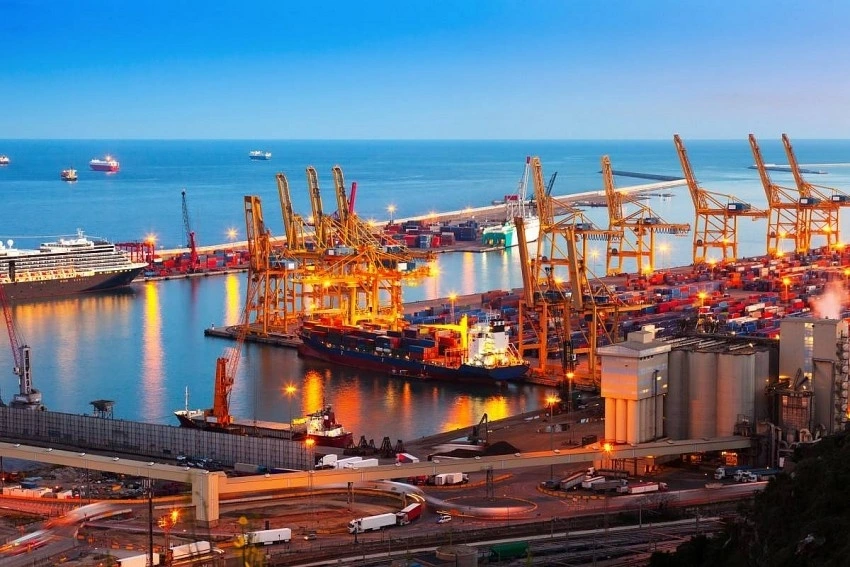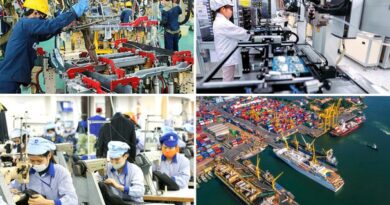International Financial Institutions Express Optimism Over Vietnam’s Growth Prospects
Vietnam’s government is demonstrating a strong commitment to promoting public investment, focusing on strategic infrastructure projects that connect economic hubs. This initiative is poised to serve as a crucial catalyst for Vietnam’s entry into a new era of national growth, according to HSBC.

Suan Teck Kin, Executive Director of Global Economics and Markets Research at Singapore-based United Overseas Bank (UOB), suggests that Vietnam is likely to achieve high annual growth of 8%, or even double-digit rates, following a 7% expansion last year. The National Assembly’s recent decision to raise Vietnam’s GDP growth target to at least 8% in 2025 and double-digit rates from 2026 to 2030 reflects a high level of consensus across the political spectrum for the country’s new development goals, despite numerous economic challenges.
However, achieving these targets poses significant challenges. Risks include potential US tariff policies, which could impact Vietnam’s international trade—a key growth driver. Vietnam is heavily reliant on international trade, with exports accounting for 90% of its GDP, the second-highest in ASEAN after Singapore. The US is Vietnam’s largest export market, comprising 30% of its total export turnover. Therefore, US tariffs could substantially affect the manufacturing and service sectors.
A slowdown in global economic activity may lead to declining export demand, impacting GDP growth. Additionally, the weakening semiconductor cycle affects Vietnam’s high-tech exports, and FDI inflows might slow as investors consider shifting to countries less exposed to US tariffs.
Experts from UOB Bank recommend that Vietnam focus on several sectors to enhance its chances of achieving an 8% growth rate in 2025 or double-digit growth in the next five years. However, maintaining a stable growth rate is crucial to avoid overheating and resource waste.
Suan Teck Kin advises Vietnam to boost public investment to support growth and mitigate declines in export and manufacturing activities. Vietnam faces a significant infrastructure gap, with capital formation expenditure accounting for only 30% of GDP—much lower than China’s 41%. The government is encouraged to increase public spending rather than prioritizing reductions in the public debt-to-GDP ratio, which currently stands at 35% and is targeted to decrease to 31% by 2029.
Accelerating public investment disbursement is another recommended strategy. The recent approval of an $8 billion railway project connecting China and Vietnam, along with the fast-tracked expansion of the North-South Expressway, is seen as positive news. Investing in artificial intelligence (AI), data, energy, and water resources is also highlighted as essential for sustainable long-term growth.
Tim Leelahaphan, Senior Economist for Vietnam and Thailand at Standard Chartered, notes that Vietnam’s economic growth will be driven by continued business expansion in 2025 and beyond, with foreign investment playing a pivotal role. Key drivers of growth include positive FDI growth, strong retail sales and industrial production, sustainable export activities, and recovering tourism.
HSBC experts suggest that accelerating Vietnam’s dual transition—towards green and digital transformations—will help the country achieve sustainable development and digitalization goals, creating a strong growth impetus. Moreover, focusing on infrastructure investment will be crucial for economic growth and attracting quality FDI into Vietnam. The Vietnamese government’s determination to promote public investment in strategic infrastructure projects is seen as a vital foundation for Vietnam’s rise, according to HSBC.


